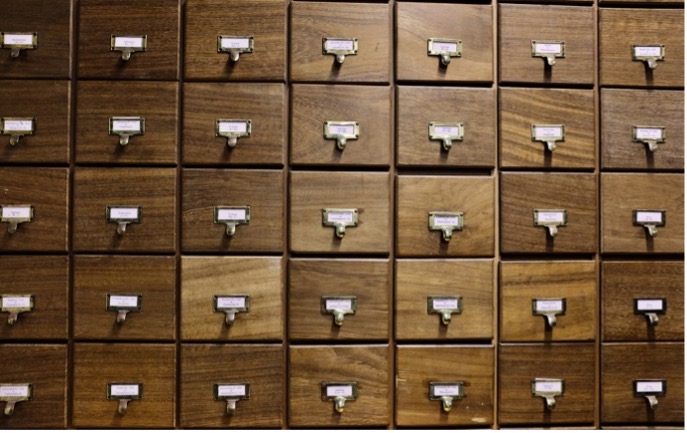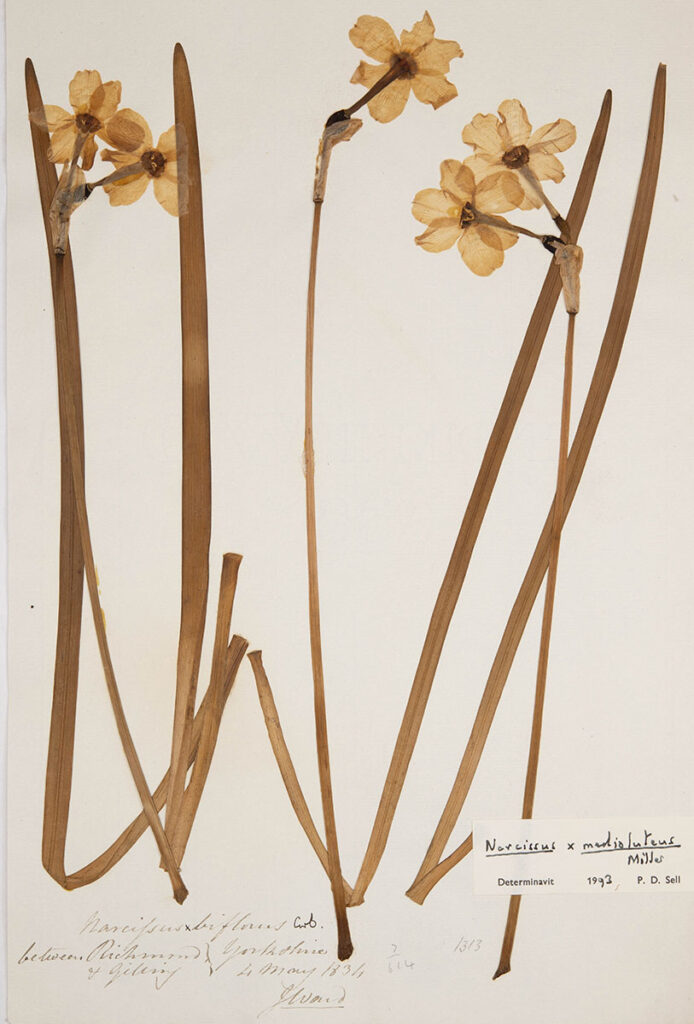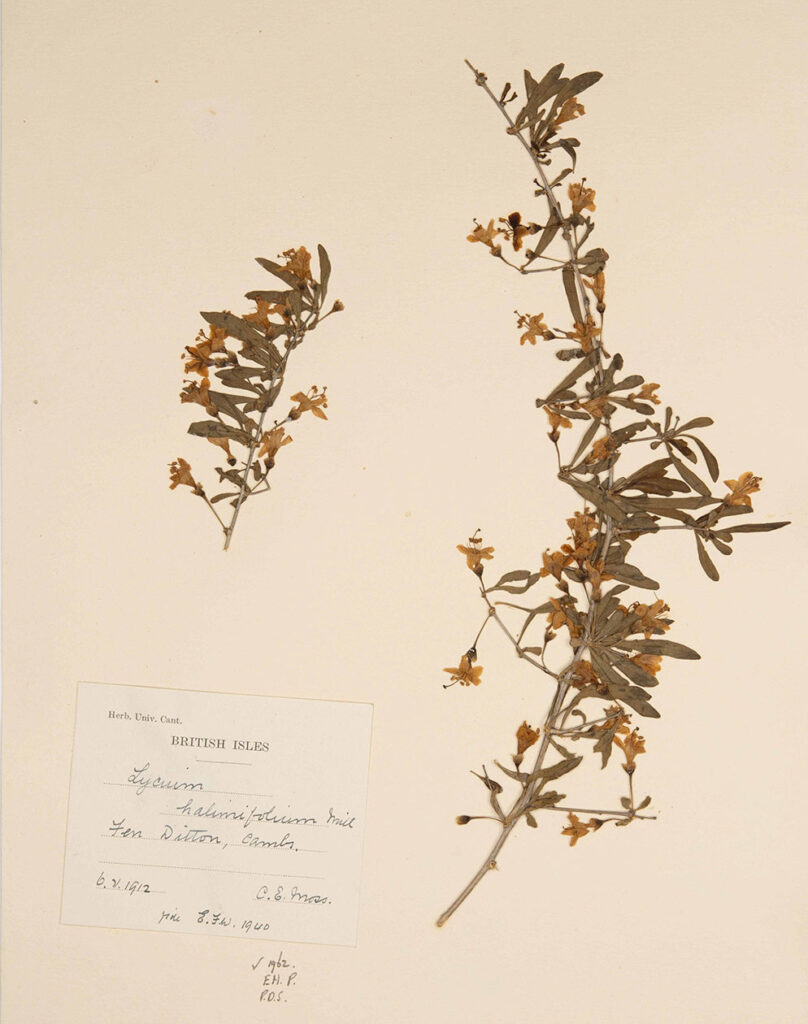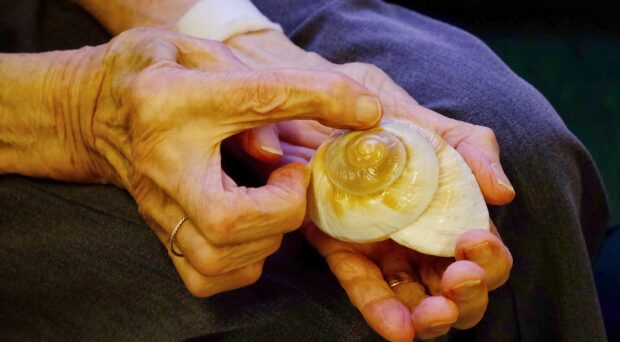Help digitise the Cambridge University Herbarium by becoming an online volunteer today!
Cambridge University Herbarium is home to some 1.1 million plant specimens. The collection is a treasure trove of taxonomic, historic and ecological data waiting to be digitised and made available to researchers around the world.
Thanks to a grant from the Higher Education Innovation Fund (HEIF), we are expanding our work to digitise the University Herbarium’s collections. In this project, we are inviting volunteer citizen scientists to help transcribe herbarium specimen labels, and directly add to ‘big data’ for biodiversity research.
We will use the resulting information to generate database records, which will be distributed via data aggregators including the Global Biodiversity Information Facility (GBIF). By making this information more accessible, we can increase the reach of our collections and facilitate their continued use in research.

What information are we collecting?
The University Herbarium holds specimens that were collected over a span of more than 300 years, so the information that is recorded on each sheet varies widely. The oldest specimens from the early 18th century may have little more than a taxonomic name connected with them.
More modern herbarium sheets contain information about when, where, and by whom the plant was collected, and any changes to the determination of the plant name. Today, collectors often record detailed information about where the plant was found, including geographic coordinates that allow species to be mapped.
Our goal is to gather enough information about our collections to generate a database record for each specimen. To do this, we need to document the following basic information:
- the name of the plant
- the date of collection
- the name of the collector
- location information.
This information will allow us to create records, linked with images of the specimens, which can then be accessed online for researchers to use in all sorts of ways.

How will this information be used?
As an institution of the University of Cambridge, we work closely with professors, researchers and students studying plant science, ecology, conservation, and history. Past projects using our collections have included:
- investigating the role of natural history in mediating between conflicting political agendas across the British Empire in the 18th and 19th centuries
- tracing the ancestry of European potato cultivars from the 17th century to the modern day
- georeferencing the mid-20th century British collections of ecologist Oliver Rackham.
The results of this transcription project will facilitate future research in conservation, species identification, environmental change, global food security and history.
Contributors to this project are helping us make our data more FAIR – Findable, Accessible, Interoperable and Reusable, and helping us maintain this irreplaceable record of natural history from the 18th century through today.

How can I get involved?
Visit the Cambridge University Herbarium Zooniverse project and click ‘Classify’ to get started.
We will continue to post new modules for transcription throughout the year.
Keep up to date with the project by following the University Herbarium on X/Twitter @CUHerb. You can also visit our new website: www.herbarium.plantsci.cam.ac.uk
Thank you for your support in helping to preserve and share these internationally important specimens.







